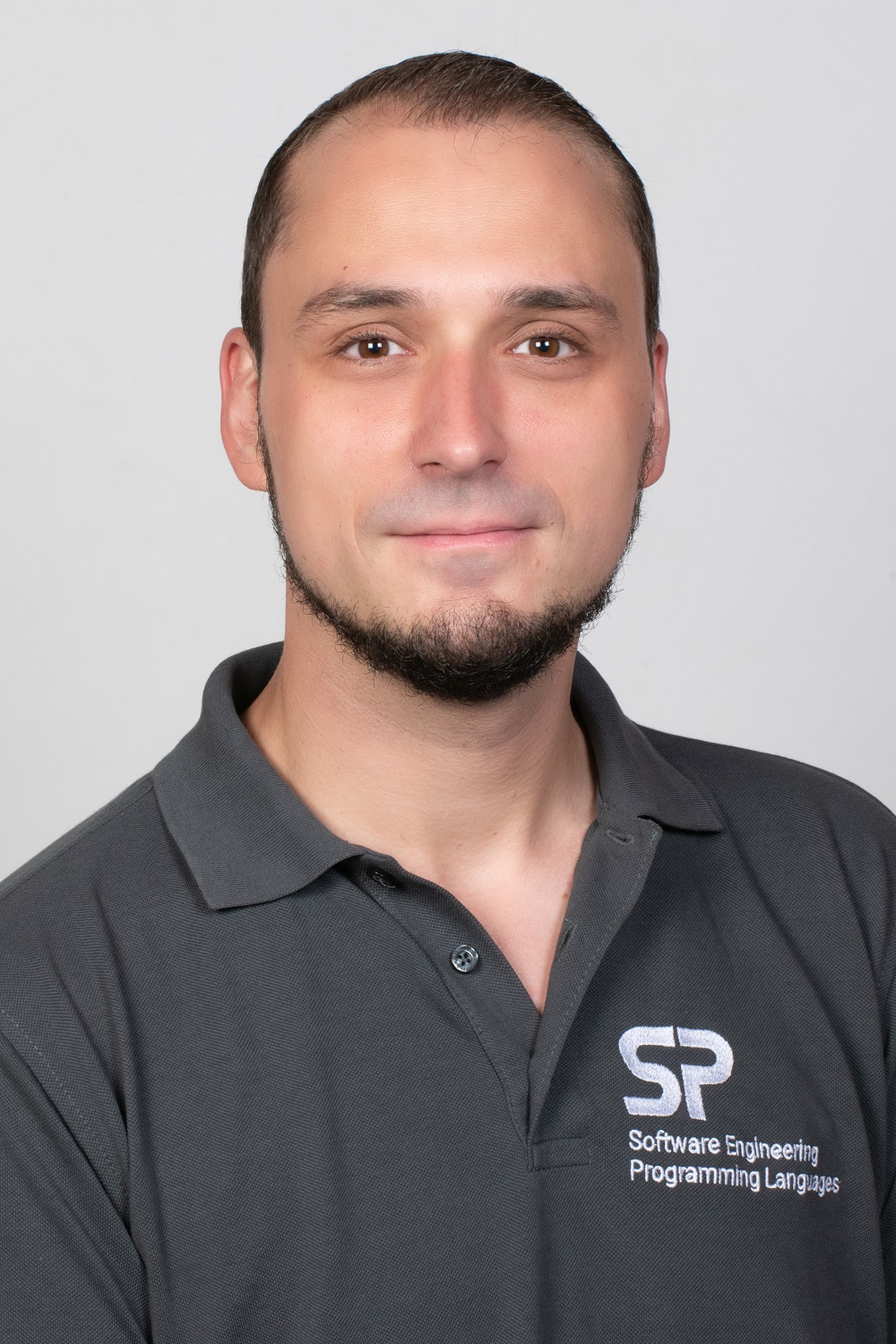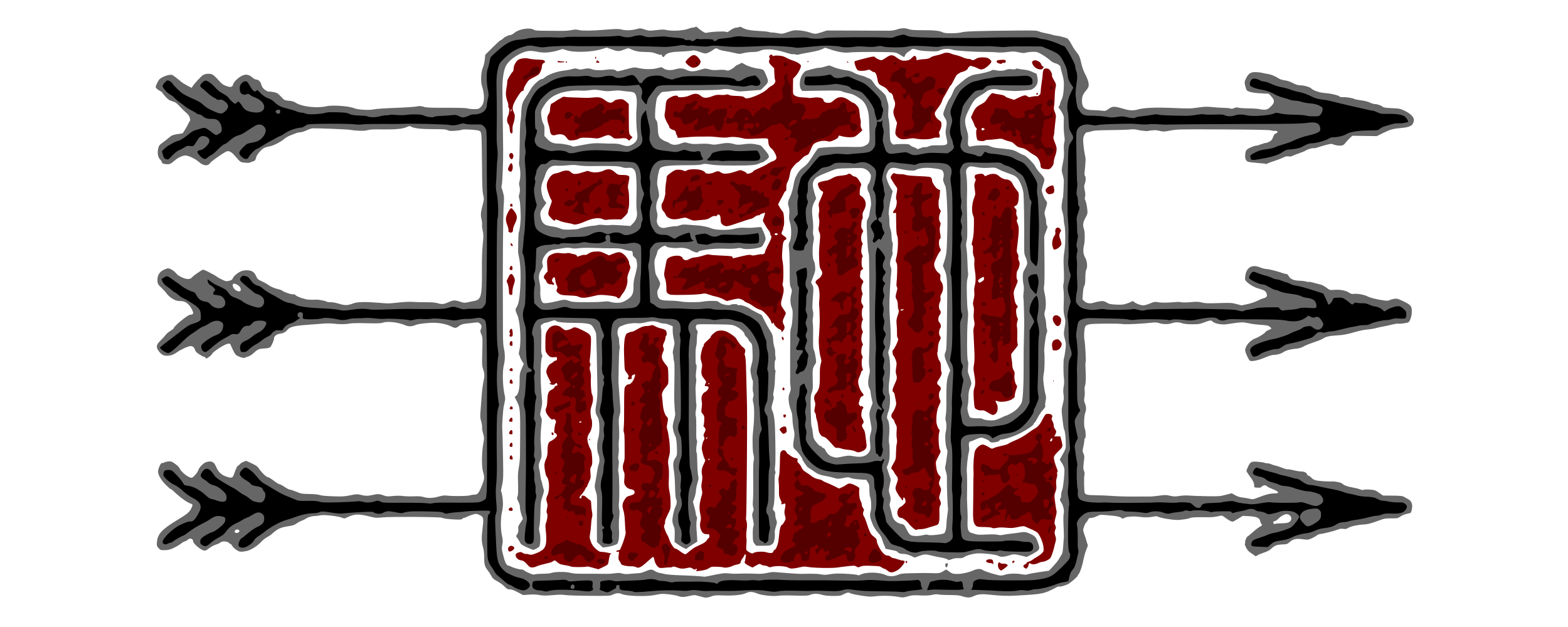CHR Research Group
Constraint Handling Rules (CHR) is a concurrent committed-choice constraint logic programming language consisting of guarded rules that transform multi-sets of atomic formulas (constraints) until exhaustion. It was designed by Thom Fruehwirth in 1991. CHR can embed many rule-based formalisms and systems, and it can describe algorithms in a compact declarative way without compromising efficiency. The clean semantics of CHR ensures that several desirable properties hold for CHR programs and also facilitates sophisticated program analysis. CHR libraries exist for Prolog, Haskell, Java, Javascript, Python and C. CHR is also available online for experimentation with many example programs. More than 250 academic and industrial projects worldwide use CHR, and about 2500 research papers reference it.
Klick here for more information on our research.

Prof. Dr. Thom Frühwirth
Ulm University
M.Sc. Sascha Rechenberger

Institute of Software Engineering and Programming Languages
Albert-Einstein-Allee 11
2005
Editors, Special Issue on Constraint Handling Rules
Theory and Practice of Logic Programming, 5 (4-5)
2005
Specialization of Concurrent Guarded Multi-Set Transformation Rules
In Etalle, S., Editor, Logic-based Program Synthesis and Transformation (LOPSTR'04)Band3573ausLecture Notes in Computer Science, Seite 133-148
In Etalle, S., Editor
Herausgeber: Springer-Verlag
2005
2004
Implementing and Analysing Union-Find in CHR
Dokument Nummer: CW 389
Departement Computerwetenschappen, Katholieke Universiteit Leuven
Juli 2004
Soft Constraint Propagation and Solving in Constraint Handling Rules
Computational Intelligence: Special Issue on Preferences in AI and CP, 20 (2) :287-307
Mai 2004
Integration and Optimization of Rule-based Constraint Solvers
In Bruynooghe, M., Editor, Logic-based Program Synthesis and Transformation (LOPSTR'03)Band3018ausLecture Notes in Computer Science, Seite 198-213
In Bruynooghe, M., Editor
Herausgeber: Springer-Verlag
2004
2003
Essentials of Constraint Programming
Herausgeber: Springer-Verlag
Februar 2003
Integration and Optimization of Rule-based Constraint Solvers
International Symposium on Logic-based Program Synthesis and Transformation (LOPSTR'03)
2003
Source-to-Source Transformation for a Class of Expressive Rules
In Buccafurri, F., Editor, Joint Conference on Declarative Programming APPIA-GULP-PRODE 2003 (AGP 2003), Seite 386-397
In Buccafurri, F., Editor
2003
2002
As Time Goes By II: More Automatic Complexity Analysis of Concurrent Rule Programs
In Di Pierro, A. and Wiklicky, H., Editor, Quantitative Aspects of Programming Laguages, QAPL'01Band59ausElectronic Notes in Theoretical Computer Science, Seite 185-206
In Di Pierro, A. and Wiklicky, H., Editor
November 2002
Probabilistic Constraint Handling Rules
In Comini, M. and Falaschi, M., Editor, 11th International Workshop on Functional and (Constraint) Logic Programming, WFLP 2002Band76ausElectronic Notes in Theoretical Computer Science, Seite 115-130
In Comini, M. and Falaschi, M., Editor
November 2002


